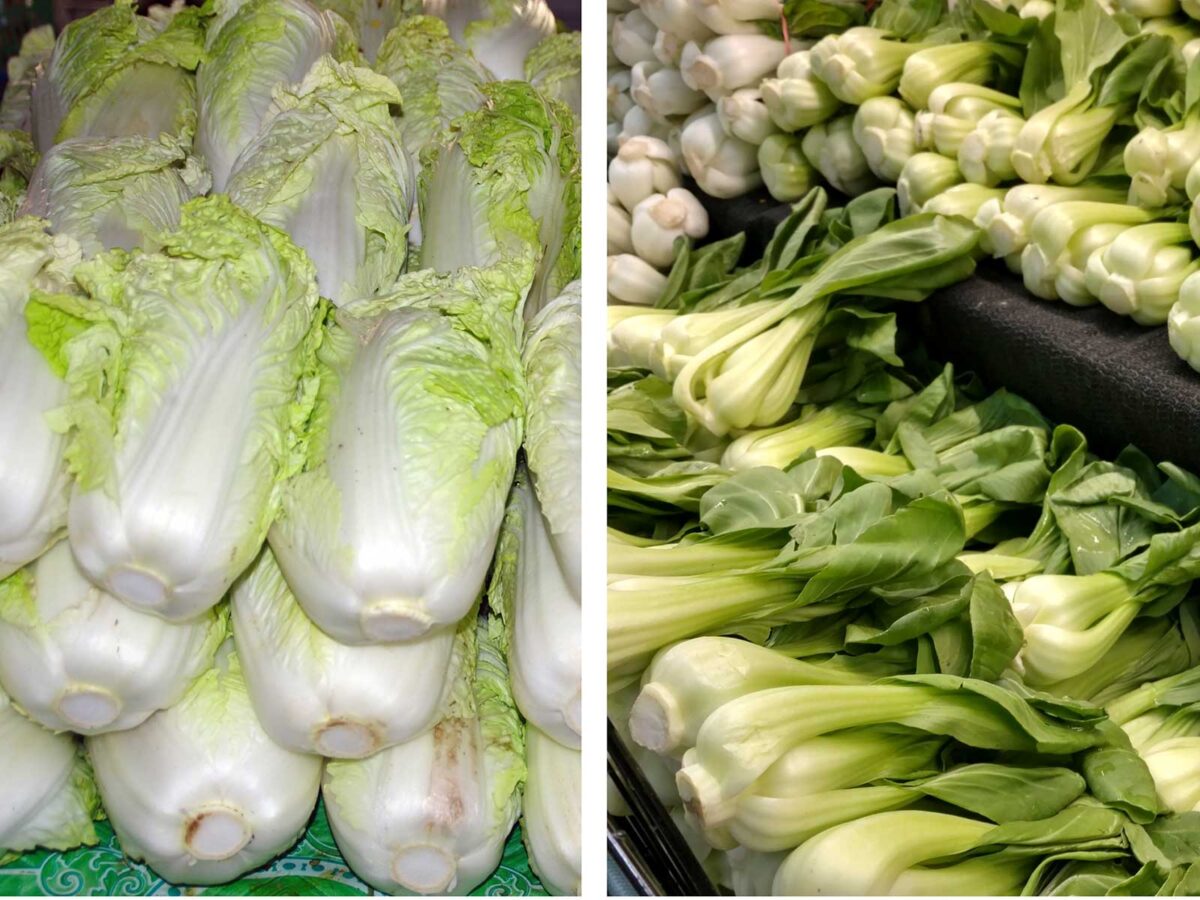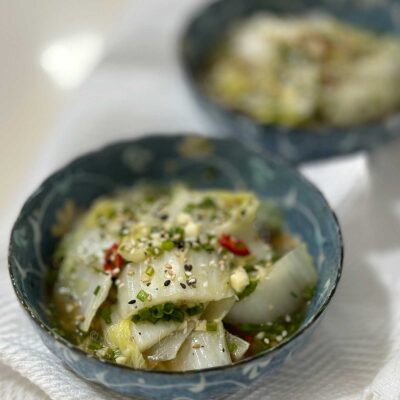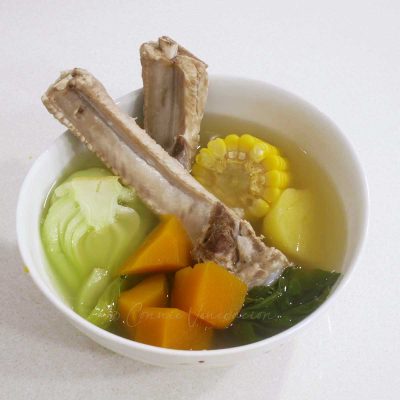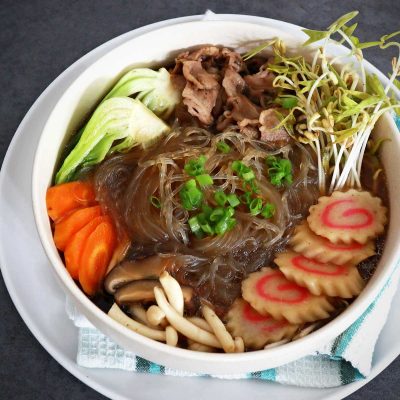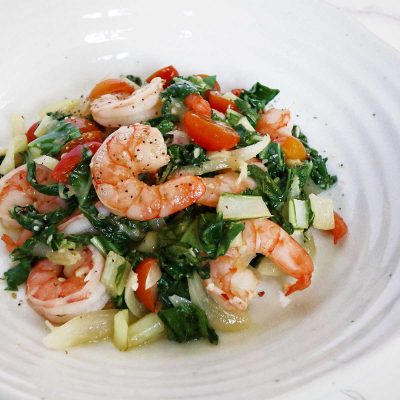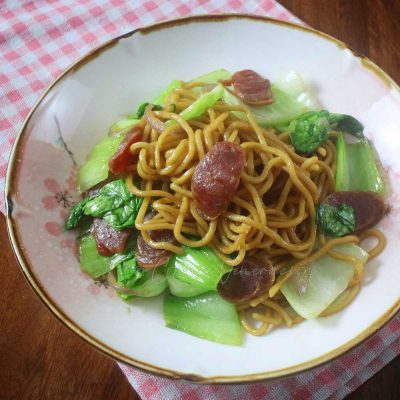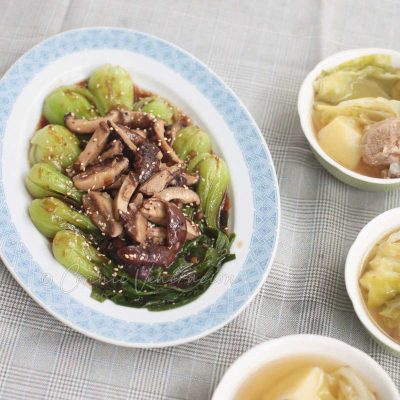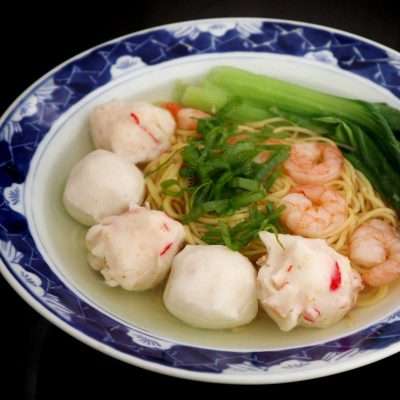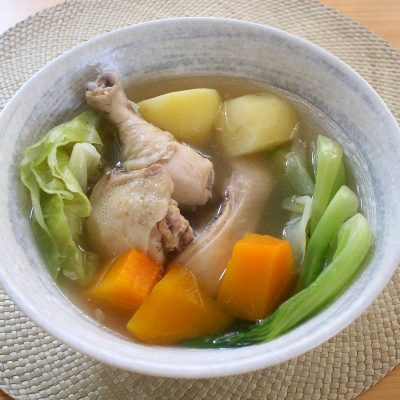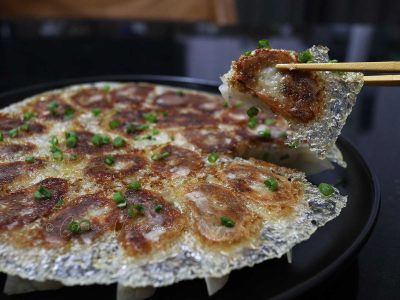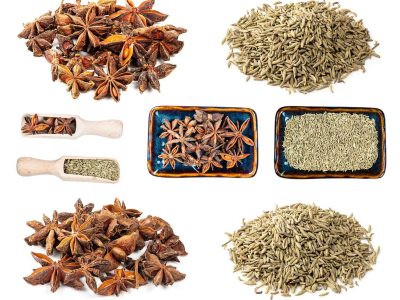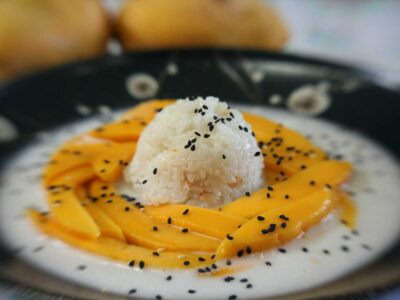Let’s start with what Chinese cabbage is. Chinese cabbage falls under either one of two subspecies of Brassica rapa. Pekinesis is known as napa cabbage or wombok, and Chinensis is bok choy. The easiest way to tell them apart is to remember that napa cabbage (above, left) grows a head while bok choy (above, right) does not.
But… if there are only two subspecies, why do some Chinese cabbages have darker leaves and / or whiter stalks?
That’s because there are several hybrids of Pekinensis and Chinensis. The leaves of some napa cabbages may be darker than others, the head of some bay be rounder than others and some may have more stalk than leafy parts. With bok choy, the stalks and leaves of some may be wider or thinner, and the stalks can range from white to medium green.
Pekinensis (napa cabbage)
We call it pechay baguio in the Philippines. In English-speaking countries, its most common name is wombok.
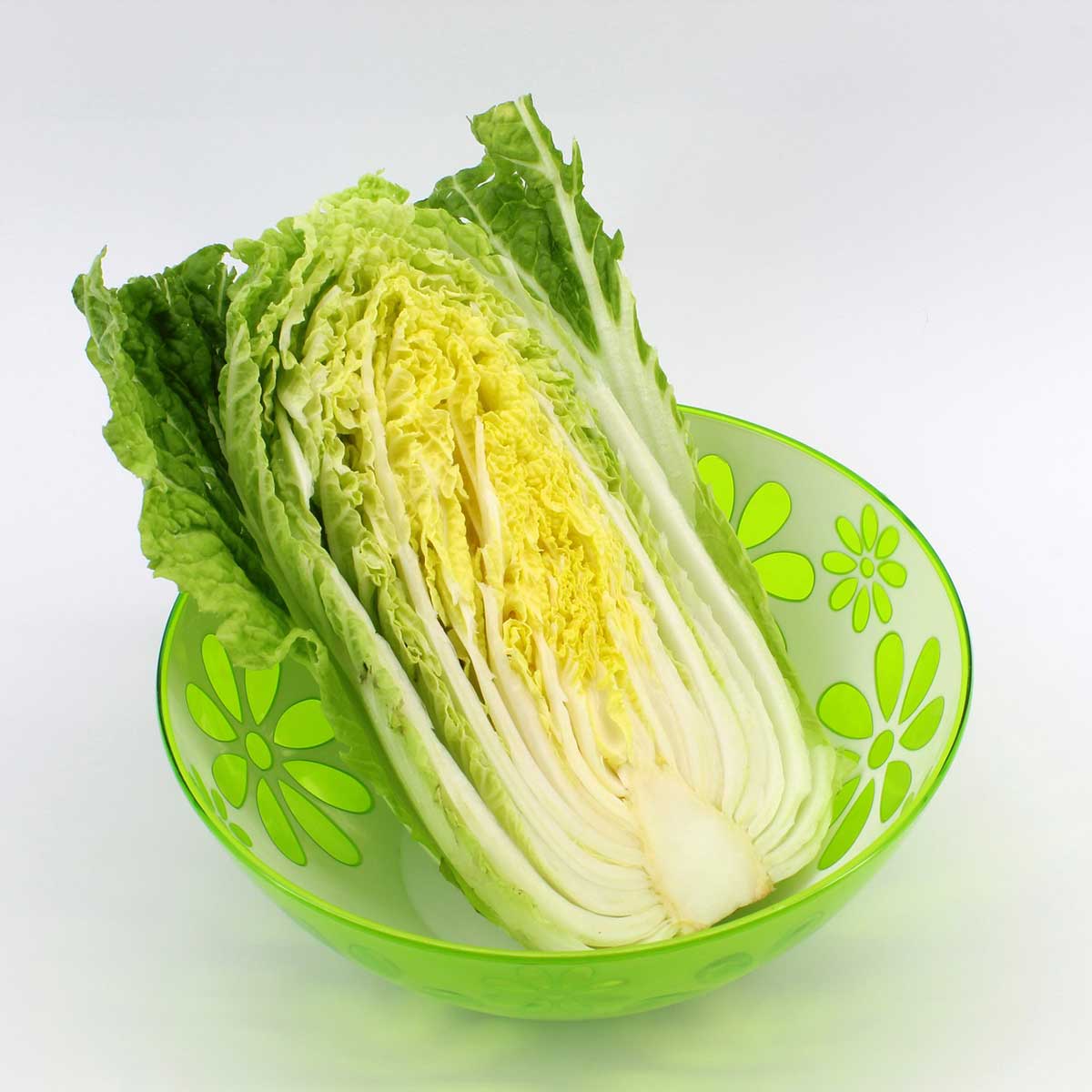
Napa cabbage is the only Chinese cabbage that grows a head. The leaves are light green (again, some cultivars have darker leaves), the stalks are white and white veins spread through the leaves.
Both stalk and leaves of napa cabbage are very tender that they can be eaten raw. The flavor is quite delicate — bland, in fact — which makes it the ideal vegetable for making baechu-kimchi (literally, cabbage kimchi), the most common kind of kimchi.
For home cooking, cut off the root end of the napa cabbage to separate the leaves. Or simply slice, thinly or thickly, and discard the root end. Whether or not to separate the white stalks from the leaves depends on the dish you’re making.
Chinensis (bok choy)
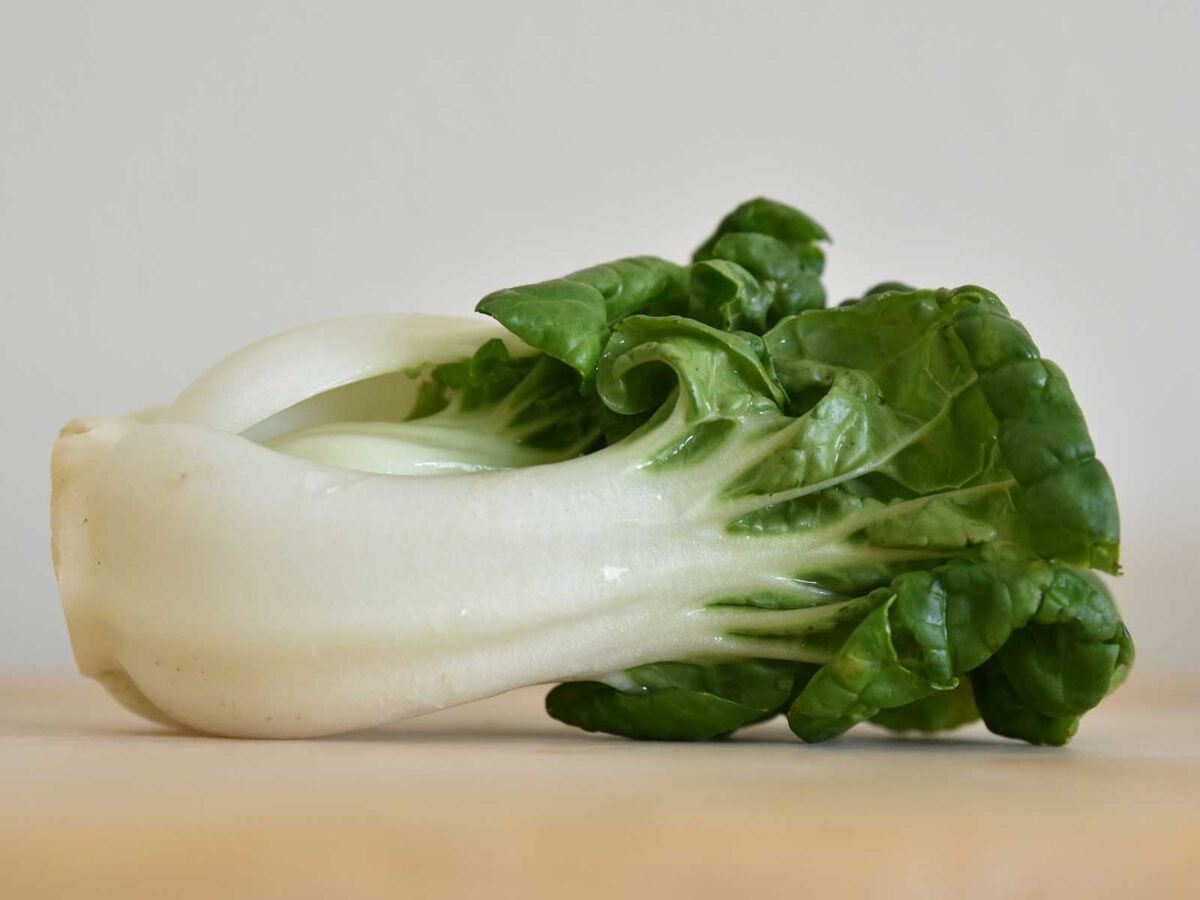
Chinese cabbages falling under the Chinensis group do not form heads. Commercially, they are sold under various names including bok choy, pak choy and pei tsai. Some hybrids have white stalks (like the Filipino pechay); others have light green stalks (like Taiwanese bok choy).
Unlike napa cabbage, bok choy has a more pronounced flavor. Occasionally, the leaves can be a little bitter. The stalks are more fibrous and are, therefore, ideal for stir fries.
To use Chinese cabbage under this group, it is best to separate the leaves from the stalks. This is especially true when stir frying. Add the stalks to the pan first and give them a head start to allow them to soften before adding the leaves which require a much shorter cooking time.

